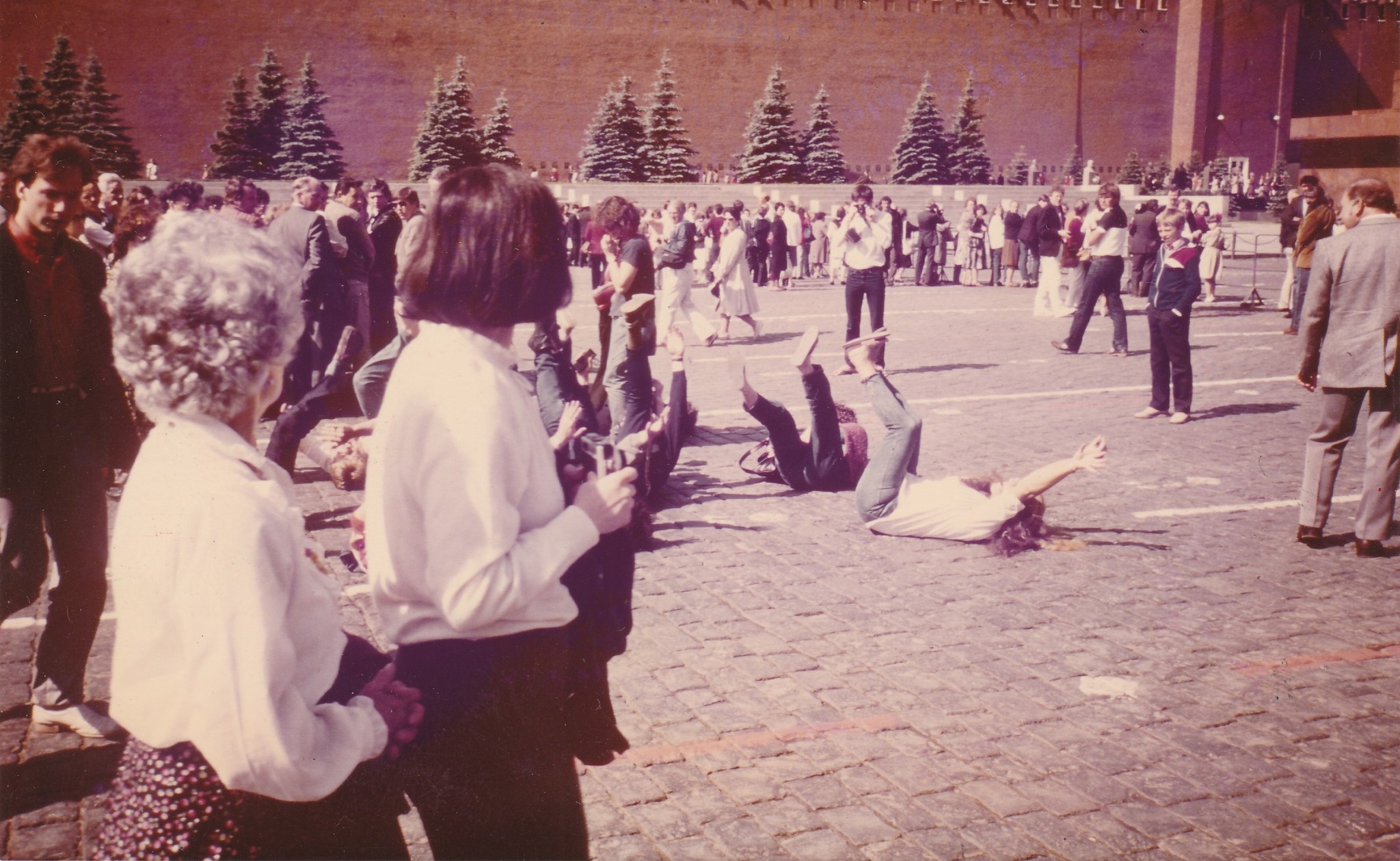
AsianOverland.net
Tour Guide - Itinerary
Asian Overland Sydney to London
Started 22/06/2022 Finished 21/06/2023365 Days ITINERARY
Day 242 date 18/02/2023TVER (KALININ) to MOSCOW, RUSSIA
ASIANOVERLAND.NET RUSSIA SCANDINAVIA
DAY 18/242 1981 – TVER (KALININ) TO MOSCOW, RUSSIA
The road connecting Moscow with St. Petersburg was completed in 1746, its Moscow end following the old Tver road, which had existed since the 16th century. It became known as Peterburskoye Schosse after it was paved in the 1780s.
First recorded in 1147, Moscow grew to become a prosperous and powerful city that served as the capital of the Grand Duchy of Moscow, which evolved into the Tsardom of Russia.
Moscow still remained as the political and economic center for most of the Tsardom's history. When the Tsardom was reformed into the Russian Empire, the capital was moved by Peter the Great from Moscow to Saint Petersburg, diminishing the influence of the city.
The capital was then moved back to Moscow following the October Revolution and the city was brought back as the political centre of the Soviet Union. In the aftermath of the dissolution of the Soviet Union, Moscow remained as the capital city of the Russian Federation.
In the 16th and 17th centuries, three circular defenses were built: Kitay-gorod, the White City and the Earthen City. In 1547, two fires destroyed much of the town, and in 1571 the Crimean Tatars captured Moscow, burning everything except the Kremlin. The annals record that only 30,000 of 200,000 inhabitants survived.
The Crimean Tatars attacked again in 1591, but this time were held back by new defense walls, built between 1584 and 1591. In 1592, an outer earth rampart with 50 towers was erected around the city, including an area on the right bank of the Moscow River. As an outermost line of defense, a chain of strongly fortified monasteries was established beyond the ramparts to the south and east, most of which now house museums. From its ramparts, the city became known as the "White-Walled". The limits of the city as marked by the ramparts built in 1592 are now marked by the Garden Ring.
Three square gates existed on the eastern side of the Kremlin wall, which in the 17th century, were known as Konstantino-Eleninsky, Spassky, Nikolsky (named after the icons of Constantine and Helen, the Saviour and St. Nicholas that hung over them). The last two were directly opposite the Red Square, while the Konstantino-Elenensky gate was located behind Saint Basil's Cathedral.
© This work is copyright. Apart from any use permitted under the Copyright Act 1968, no part may be reproduced by any process, nor may any other exclusive right be exercised, without the permission of Peter Searle, peter@portseavillageresort.com; 1980-2024.
Website built by Justin O’Dea www.webdeveloperdocklands.com.au





